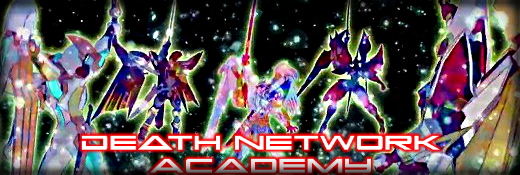An archetype, called a series (シリーズ shirīzu)[1] or unofficially a category (カテゴリ kategori) in Japanese, is a group of cards that are supported due to part of their Japanese name.
Examples of archetypes include "HERO", "Spellbook" and "Wind-Up".
Groups of cards with similar names and/or artworks that are not supported or anti-supported explicitly by card effects are called a series.
Definition
Specifically, an archetype is a group of cards that respect the following rules.
All members of that group of cards must contain a common string (the name of the archetype) in their members' Japanese card names. Alternatively, a card must contain an archetype condition in its card text which specifically states that the card belongs to a certain archetype (e.g. "Contrast HERO Chaos" is treated as an "Elemental HERO" card). In the TCG, archetype conditions are sometimes added due to the card's name in that language lacking the archetype name (e.g. "Chimera the Flying Mythical Beast" and "Axe of Despair"). Cards with the same words in their non-Japanese names are not necessarily part of the same archetype (e.g. "Frog the Jam" is not a "Frog" card).
Ruby text is considered by itself for archetype membership (e.g. the "Red-Eyes" archetype includes any monster whose Japanese name contains 「レッドアイズ」 either as base text or ruby text). For archetype names that contain both base text and ruby text in their Japanese name, a card must exactly match both to be a part of that archetype (e.g. "NEX" is not a "Neo-Spacian" card because 「ネオスペーシアン」 (Neo-Spacian) is not superscripted only above 「N」).
In Korean, due to the poorly made typesetters, an archetype name that contains ruby text is formatted uniquely in the card text using parentheses as follows: base text(ruby text) (no space intervening).
There must be at least one support or anti-support card relating to the archetype; that is, a card that mentions "archetype monster", "archetype card", "archetype Spell/Trap Card", etc. (prior to the Simplified Effect Text, "contains archetype in its card name") in its card text. Note that these cards must support the archetype, not only one member of the archetype.
Starting with Starter Deck 2014, Japanese card text follows the "archetype card", "archetype Spell/Trap card", etc. patterns of the TCG.
Similarities within archetypes
Members of the same archetype commonly share a small number of Attributes or Types (or even both).
A lot of archetypes feature similar art as well, for example the "Lightsworn" and "Artifact" archetypes all have a specific background for their monsters, a diamond shape and vault respectively, and "Fire Fist" monsters have a spirit animal and "Six Samurai" tend to have their logo in their art.
A common trait of archetypes is to have at least 1 Field Spell Card, typically one that supports the monsters with ATK/DEF increases and other bonuses. Some of the time, these are not part of the archetype by name though, which is a more recent trend, as seen on the "Shaddoll" and "Majespecter" archetypes. Some Archetypes may heavily rely on Field Spell Cards such as Ghostrick and "Malefic".
Although membership in an archetype is dictated by the Japanese names of the cards, there are cases where the membership of a card in an archetype is unintentional. For example, "Thought Ruler Archfiend" is considered to be part of the manga-exclusive "Sphere" archetype, as its Japanese name ("Mental Sphere Demon") contains 「スフィア」, the text for "Sphere", despite this card bearing no relation to the other members of the archetype.
Some archetypes are related to each other in some way, for example the Duel Terminal archetypes and the "Dracoslayer" archetype being related to the archetypes seen in the main sets, such as "Igknight" and "Dinomist".
In the anime and manga
The concept of archetypes is often used in the manga and anime series to define a character's personality, look, state of mind or style of play. Most major players did not use archetypes early on due to a lack of archetypes, but as the game developed, Kaiba and Yugi's Decks grew around an archetype, and Decks based on archetypes such as Mai Valentine's and Maximillion Pegasus's Decks appeared. Starting with the Yu-Gi-Oh! GX anime, virtually all main characters and most minor characters utilize Decks based around archetypes.






